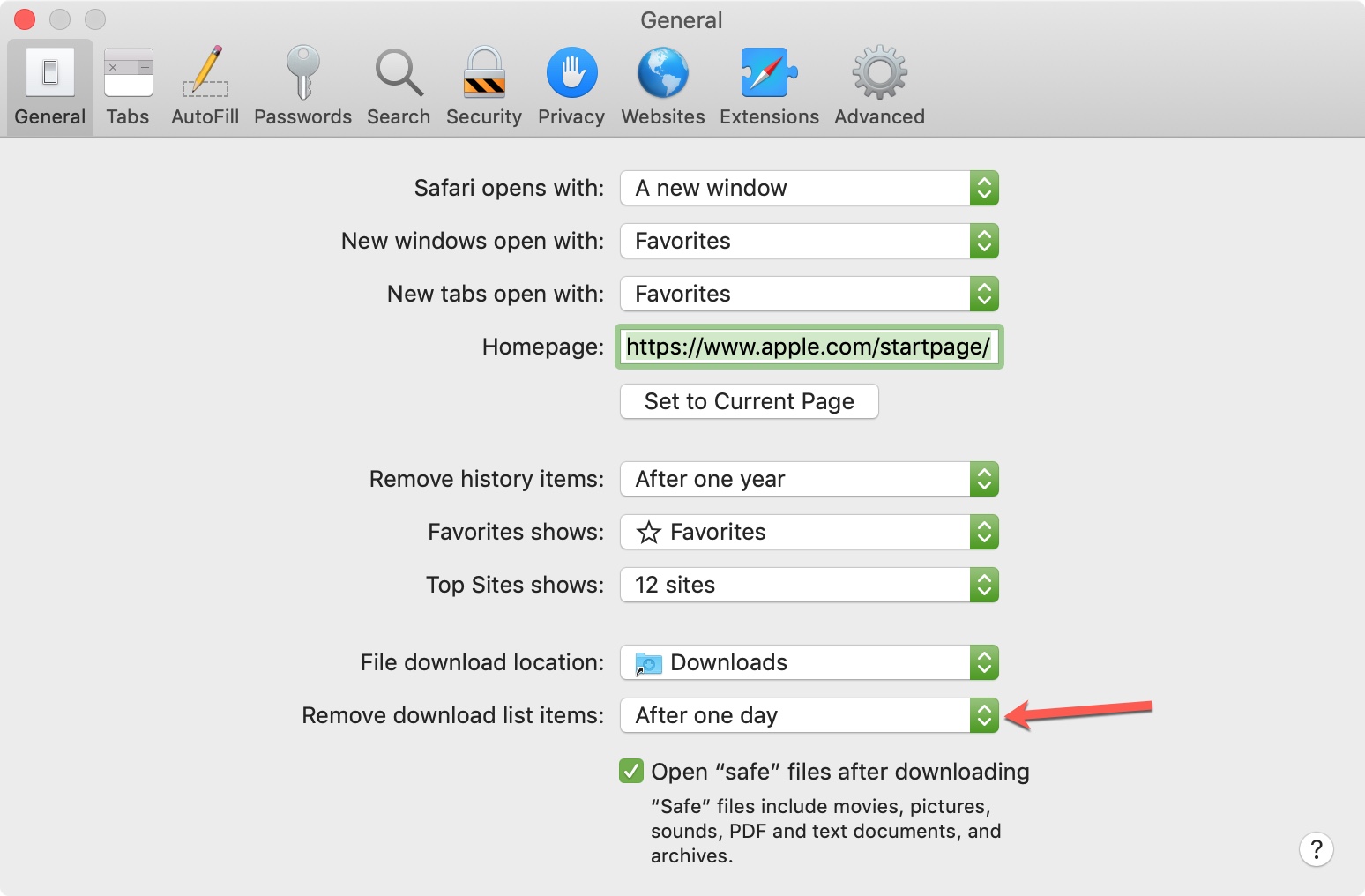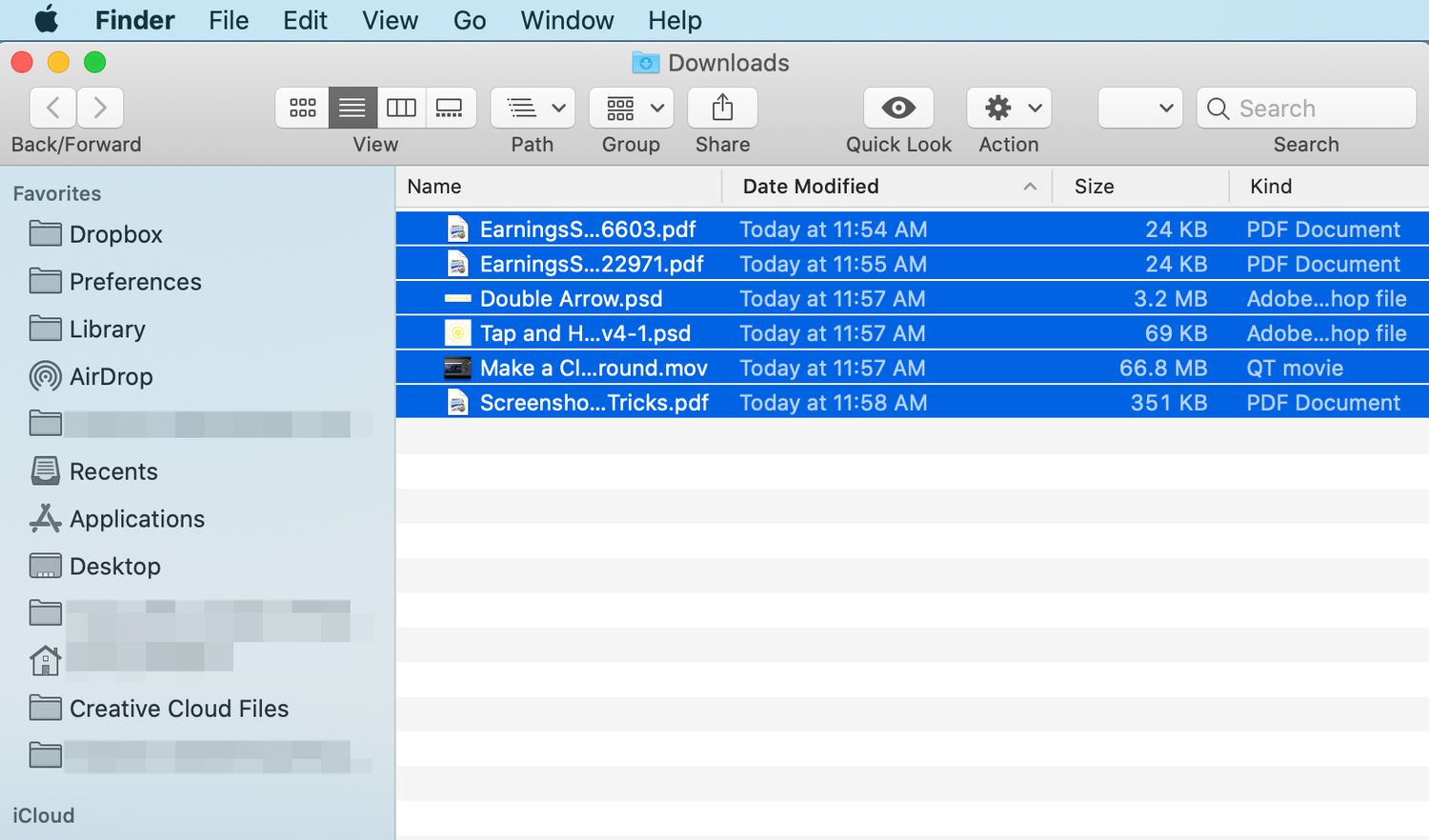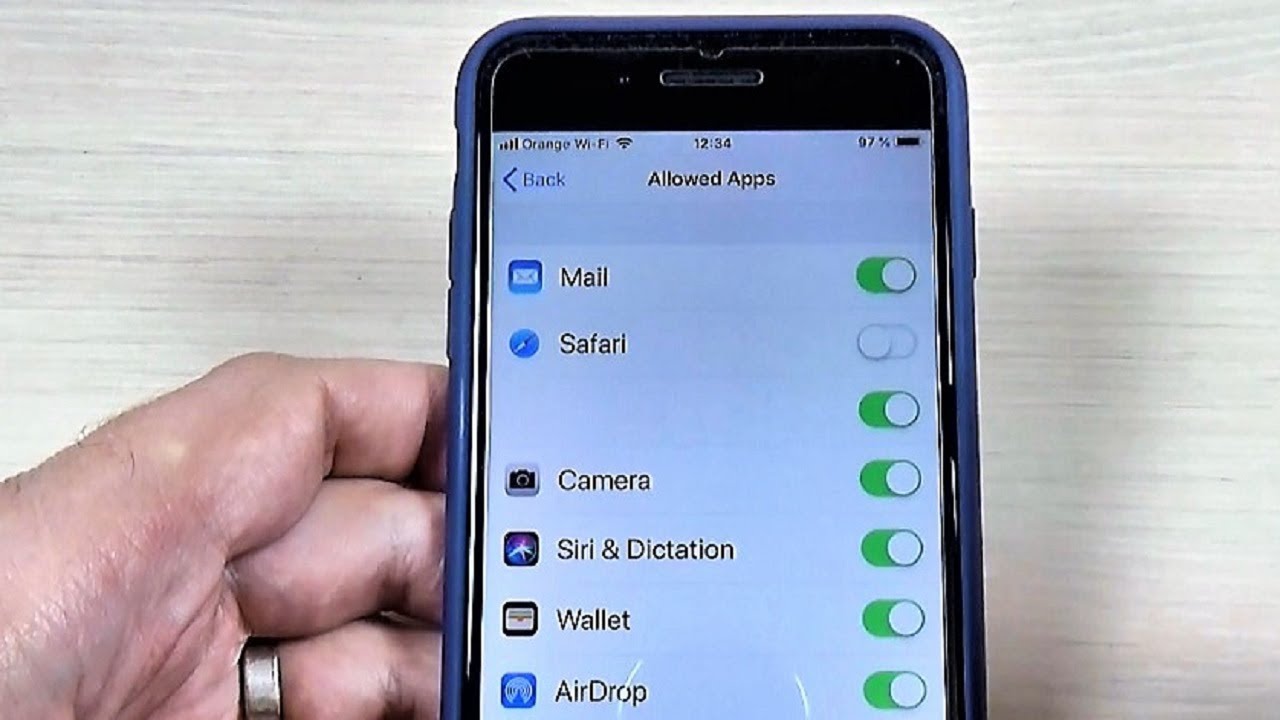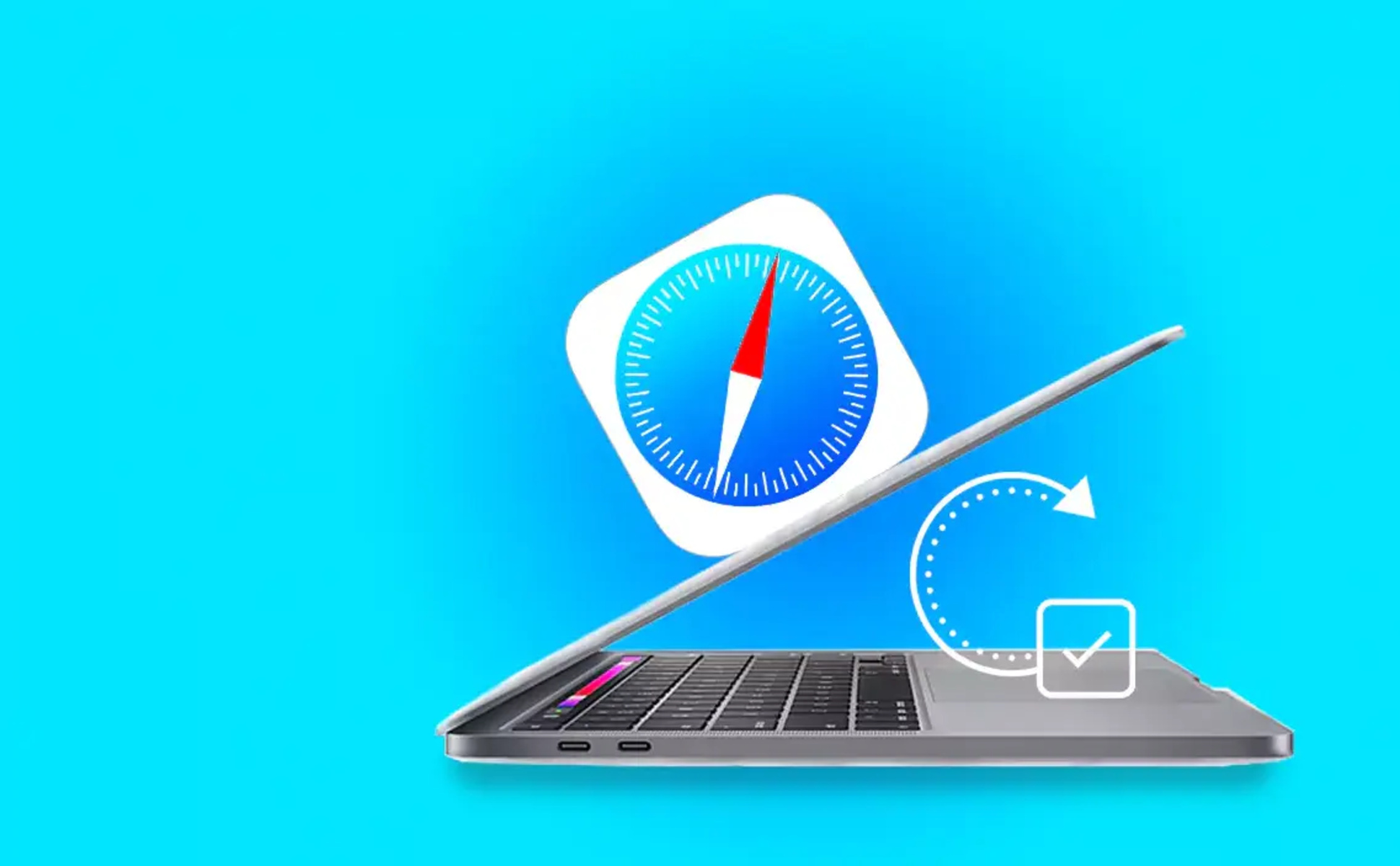Introduction
Safari, Apple's native web browser, is renowned for its sleek interface, robust performance, and seamless integration with the Apple ecosystem. As users navigate the digital landscape, they often accumulate a myriad of downloads, ranging from documents and images to software installers and media files. While these downloads are essential for various tasks, they can clutter the browser's interface over time, leading to a less-than-optimal browsing experience.
In this guide, we will delve into the intricacies of managing downloads in Safari, focusing on the process of deleting individual downloads and clearing the entire download history. By mastering these techniques, users can streamline their browsing environment, declutter the Downloads list, and optimize the overall performance of Safari.
Whether you're a seasoned Safari user or a newcomer to the world of Apple's web browsing, understanding how to efficiently manage downloads is crucial for maintaining a tidy and organized digital workspace. With a few simple steps, users can regain control over their download history, eliminate unnecessary clutter, and enhance their browsing experience.
Now, let's embark on a journey through the inner workings of Safari's download management, empowering you to wield the full potential of this sophisticated web browser. From tidying up individual downloads to clearing the entire slate, we'll explore the tools and techniques that will enable you to take charge of your download history with ease and confidence.
Accessing Safari Downloads
Accessing the Downloads list in Safari is a straightforward process that allows users to conveniently view and manage their downloaded files. Whether you're seeking to access a recently downloaded document or inspect the status of an ongoing download, Safari provides a user-friendly interface for navigating the Downloads list.
To access Safari Downloads, follow these simple steps:
-
Open Safari: Launch the Safari web browser on your Mac or iOS device. The Safari icon, featuring a stylized compass, is typically located in the Dock on Mac or the home screen on iOS devices.
-
Navigate to the Downloads Icon: In the Safari toolbar, locate and click on the "Show Downloads" button. This icon resembles an arrow pointing downwards, often positioned at the top right corner of the Safari window. Clicking on this icon will reveal the Downloads list, displaying a comprehensive overview of all downloaded files.
-
Viewing Downloads: Upon clicking the "Show Downloads" button, a dropdown menu or a dedicated Downloads window will appear, showcasing the list of downloaded files. This interface provides essential details about each download, including the file name, download status, file size, and download location.
-
Inspecting Ongoing Downloads: If there are ongoing downloads, they will be prominently displayed at the top of the Downloads list, accompanied by a progress bar indicating the download status. This feature enables users to monitor the progress of active downloads in real-time.
-
Accessing Downloaded Files: To access a specific downloaded file, simply click on the file name within the Downloads list. This action will open the file using the default application associated with its file type, allowing users to view, edit, or interact with the downloaded content seamlessly.
By following these steps, users can effortlessly access the Downloads list in Safari, gaining immediate visibility into their downloaded files and ongoing download activities. This streamlined process empowers users to stay informed about their download history, facilitating efficient management and organization of downloaded content within the Safari browser.
Accessing Safari Downloads is a fundamental aspect of leveraging the browser's capabilities, enabling users to harness the full potential of their downloaded files while maintaining a clutter-free and optimized browsing environment.
Deleting Individual Downloads
Managing individual downloads in Safari is a pivotal aspect of maintaining a well-organized browsing environment. Whether it's a redundant file, an outdated document, or a one-time download, users often encounter the need to remove specific items from their Downloads list. Safari offers a seamless process for deleting individual downloads, empowering users to declutter their browsing interface with ease.
To delete an individual download from the Safari browser, follow these simple steps:
-
Accessing the Downloads List: Begin by accessing the Downloads list in Safari, as outlined in the previous section. Once the Downloads list is visible, users can proceed to identify the specific download they intend to remove.
-
Selecting the Download: Within the Downloads list, locate the download that you wish to delete. This can be achieved by visually scanning the list or using the search functionality if the list is extensive. Once the target download is identified, proceed to the next step.
-
Right-Click or Control-Click: To initiate the deletion process, right-click (or control-click) on the individual download. This action will prompt a contextual menu to appear, presenting a range of options for managing the selected download.
-
Choosing "Remove from List": From the contextual menu, select the "Remove from List" option. Upon selecting this option, Safari will promptly remove the chosen download from the Downloads list, effectively eliminating it from the browser's interface.
-
Verification: To ensure the successful deletion of the individual download, visually inspect the Downloads list to confirm that the targeted item has been removed. Once verified, the unwanted download will no longer be present in the list, signifying its successful deletion from the Safari browser.
By following these steps, users can seamlessly delete individual downloads from the Safari browser, facilitating a streamlined approach to managing their download history. This process empowers users to maintain a tidy and organized Downloads list, ensuring that only relevant and essential downloads are retained within the browser interface.
Deleting individual downloads in Safari is a valuable skill that enables users to exercise precise control over their download history, promoting a clutter-free and optimized browsing experience. Whether it's tidying up after completing a project or removing outdated files, the ability to delete individual downloads in Safari empowers users to curate their digital workspace with efficiency and precision.
Clearing All Downloads
Clearing all downloads in Safari is a strategic maneuver to declutter the browser interface and reset the download history to a pristine state. This process is particularly beneficial for users who seek to eliminate all downloaded files, thereby creating a clean slate within the Downloads list. By clearing all downloads, users can effectively remove all traces of previously downloaded content, paving the way for a streamlined and organized browsing environment.
To clear all downloads in Safari, follow these straightforward steps:
-
Accessing the Downloads List: Begin by accessing the Downloads list in Safari, as outlined in the previous section. This action will provide a comprehensive overview of all downloaded files, including ongoing downloads and completed items.
-
Selecting the Clear Option: Within the Downloads list, locate the option to clear all downloads. In Safari, this option is typically accessible through a dedicated button or menu item designed to facilitate the removal of all downloaded files in one swift action.
-
Confirmation Prompt: Upon selecting the clear option, Safari may prompt a confirmation dialog to ensure that the user intends to proceed with clearing all downloads. This serves as a safeguard against accidental deletion, allowing users to confirm their decision before initiating the clearing process.
-
Executing the Clearing Process: Once the confirmation is provided, Safari will proceed to clear all downloads from the Downloads list. This action effectively removes all downloaded files, including completed downloads and ongoing items, resulting in a pristine Downloads list devoid of any previous download history.
-
Verification: To confirm the successful clearing of all downloads, visually inspect the Downloads list to ensure that it is now empty. This verification step serves as a final check to ascertain that all downloaded files have been effectively removed from the browser interface.
By following these steps, users can efficiently clear all downloads in Safari, resetting the download history and creating a clean slate within the browser's interface. This process empowers users to declutter their digital workspace, ensuring that outdated or unnecessary downloads are promptly removed, thereby optimizing the browsing experience.
Clearing all downloads in Safari is a valuable practice that enables users to maintain a tidy and organized Downloads list, promoting an efficient and streamlined browsing environment. Whether it's a periodic cleanup or a deliberate reset of the download history, the ability to clear all downloads in Safari empowers users to curate their digital workspace with precision and ease.
Managing Download Settings
Managing download settings in Safari encompasses a range of customizable options that empower users to tailor their download experience to suit their preferences and browsing habits. By delving into the download settings, users can fine-tune parameters related to download behavior, storage locations, and security considerations, thereby optimizing their overall browsing environment.
Customizing Download Location
Safari allows users to specify the default download location for all downloaded files. By customizing the download location, users can direct all downloads to a designated folder or directory, streamlining the organization of downloaded content. This feature is particularly beneficial for users who prefer to centralize their downloaded files in specific locations, facilitating easy access and management.
Download Notifications
Safari offers the option to enable download notifications, providing users with real-time alerts when downloads are initiated or completed. This feature enhances user awareness regarding ongoing download activities, ensuring that users are promptly informed about the status of their downloads. By customizing download notifications, users can stay informed and in control of their download activities, fostering a seamless browsing experience.
Security Considerations
Within the download settings, users can configure security preferences related to downloaded files. Safari provides the ability to specify whether downloaded files should be opened automatically upon completion or require manual intervention for execution. This security feature empowers users to mitigate potential risks associated with automatic file execution, enhancing the overall safety and integrity of the browsing experience.
Download History Management
Safari allows users to manage their download history, providing options to retain or clear the list of downloaded files. By customizing the download history settings, users can exercise control over the visibility and retention of their download records, ensuring that the Downloads list remains organized and relevant to their browsing activities.
Automatic Downloads
Users can configure Safari to handle specific file types automatically, enabling seamless handling of frequently encountered file formats. By customizing automatic download settings, users can streamline the handling of common file types, such as PDF documents or media files, optimizing the efficiency of the download process.
By exploring and customizing these download settings, users can personalize their Safari browsing experience, aligning the download behavior with their preferences and workflow. This level of customization empowers users to optimize their download management, security considerations, and overall browsing environment, fostering a tailored and efficient digital workspace within the Safari browser.

























